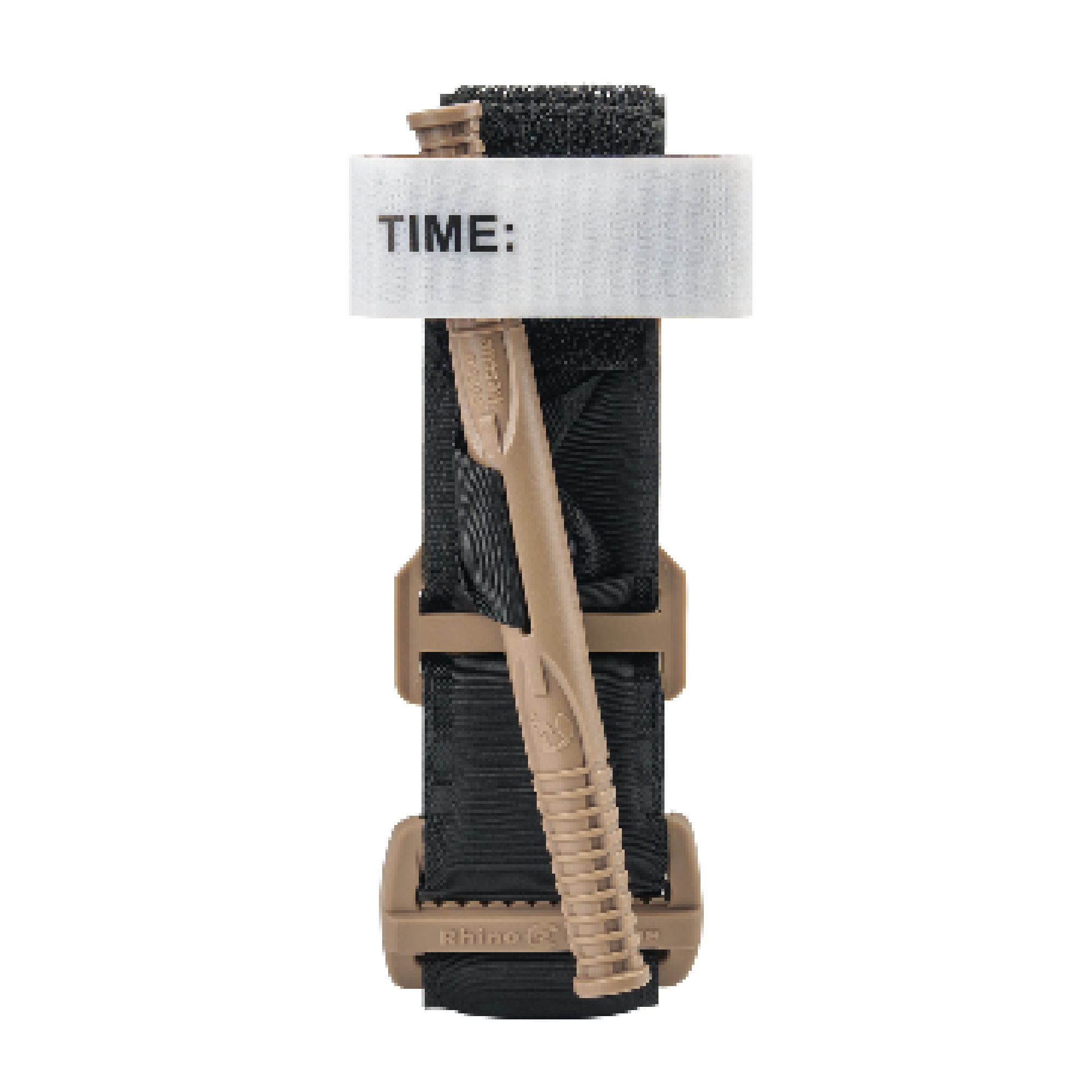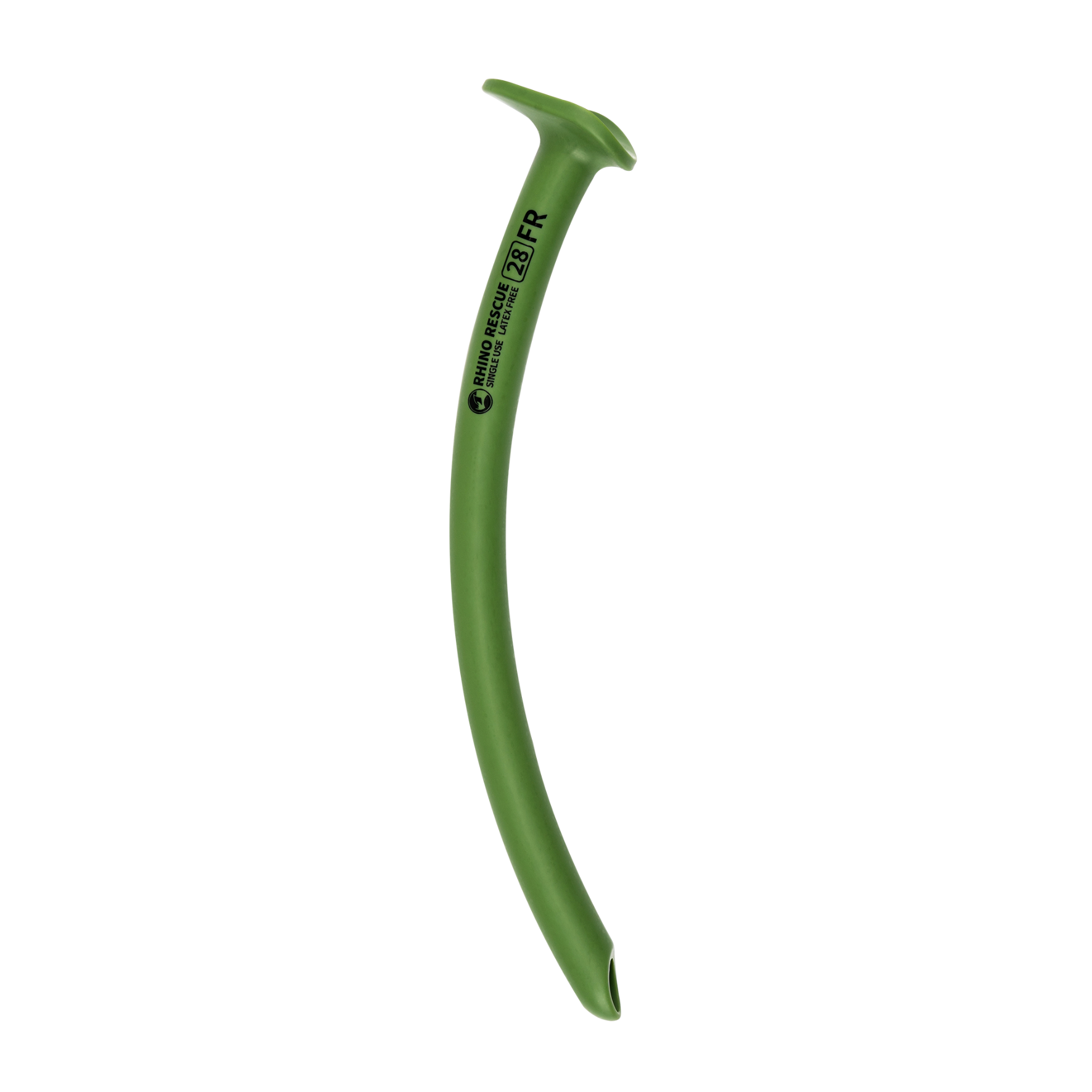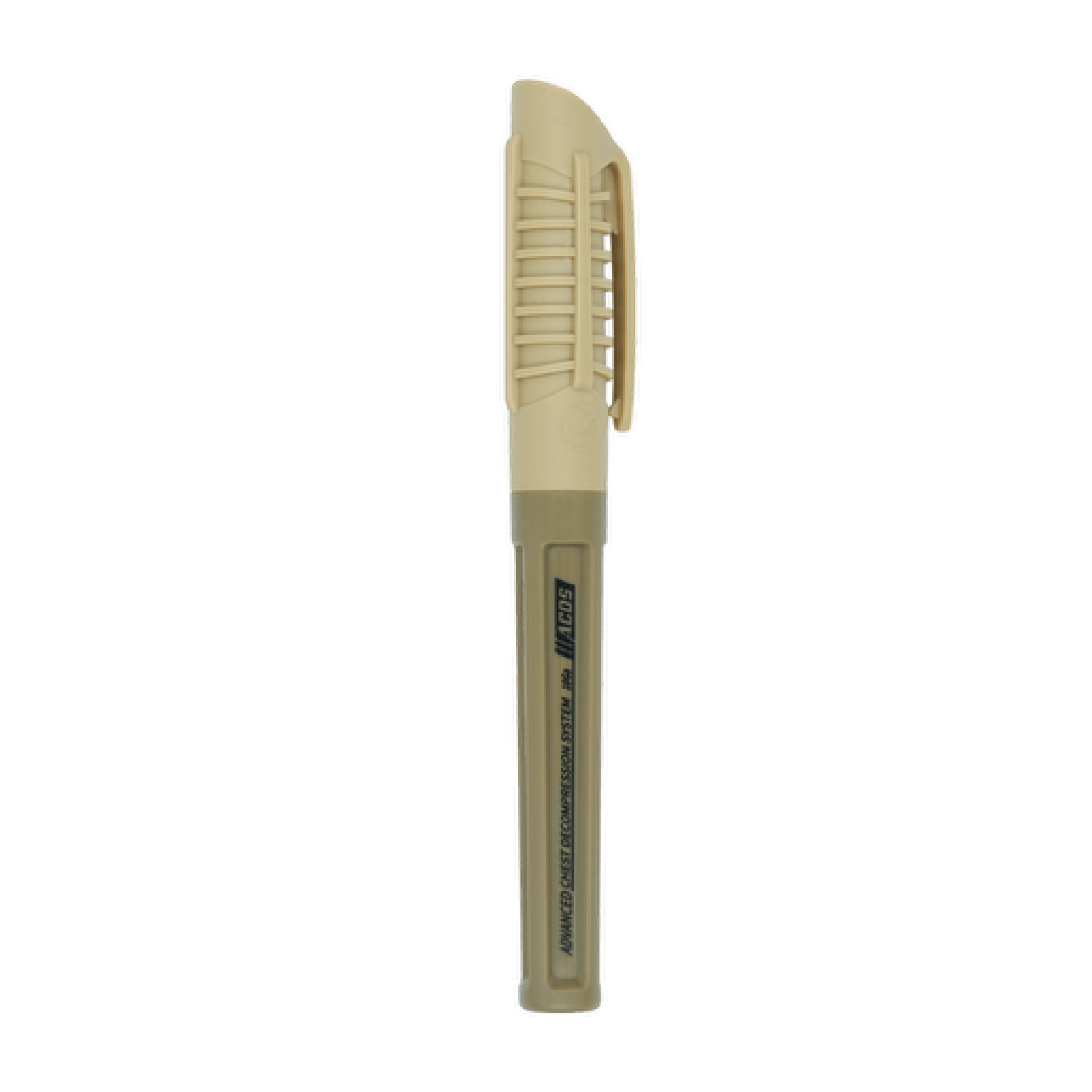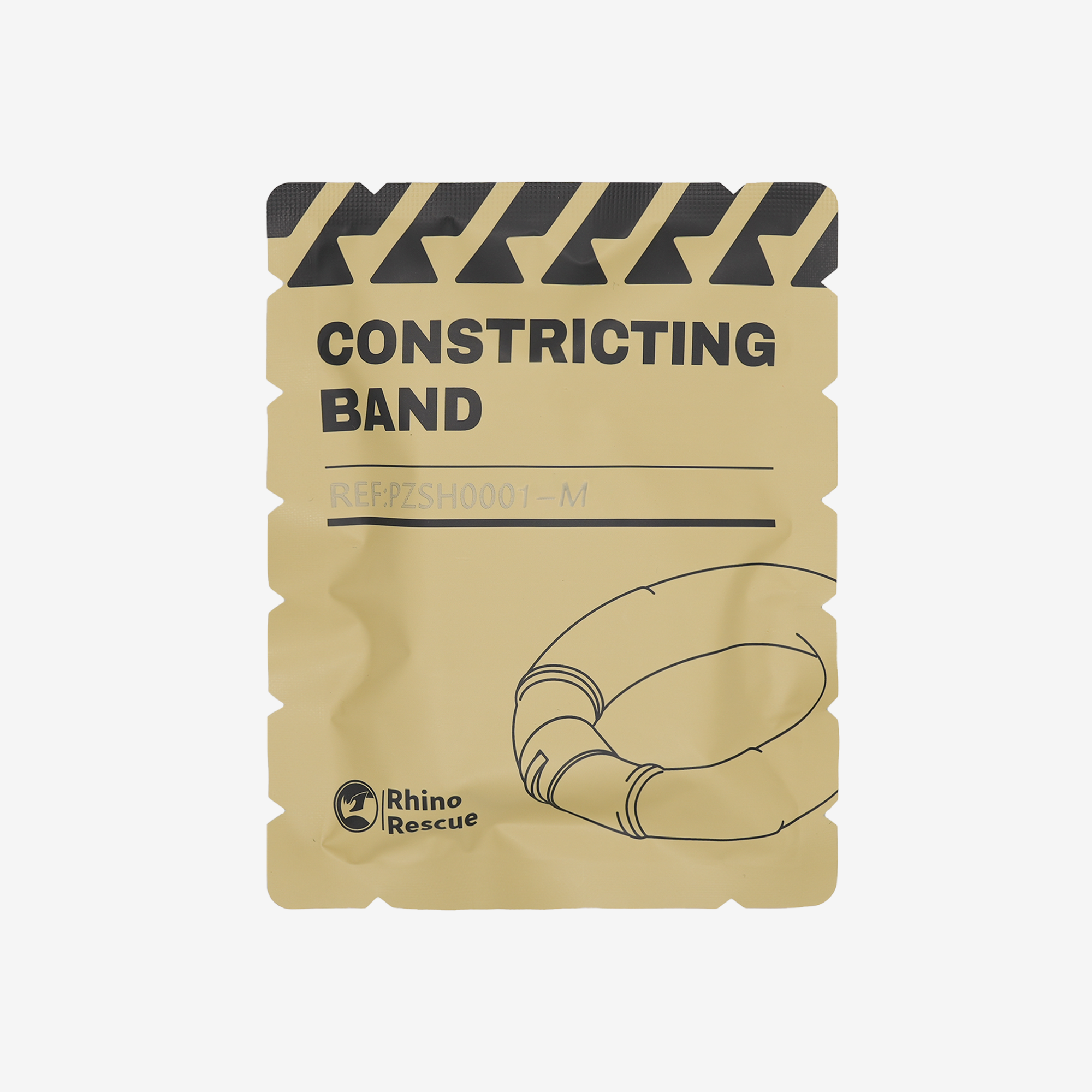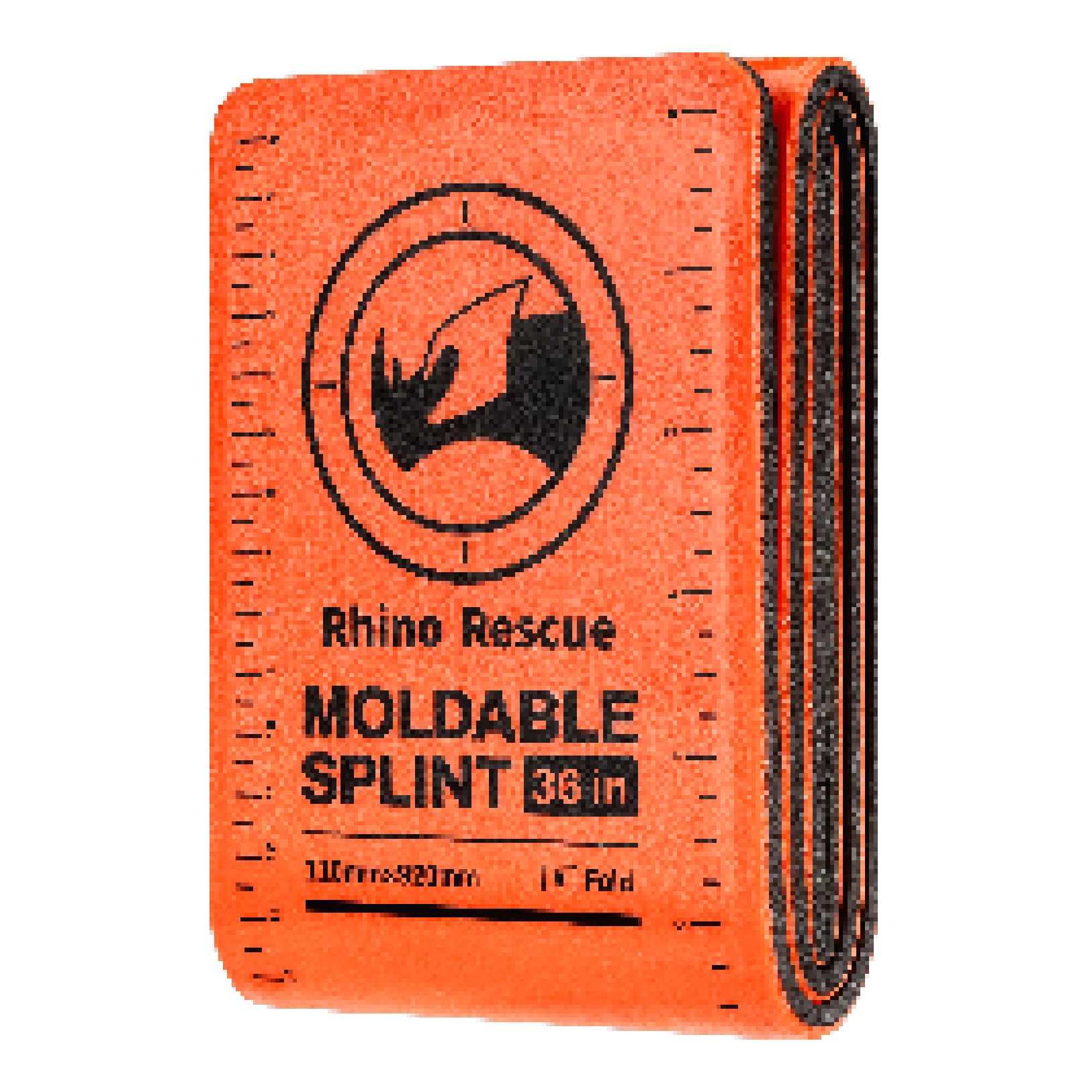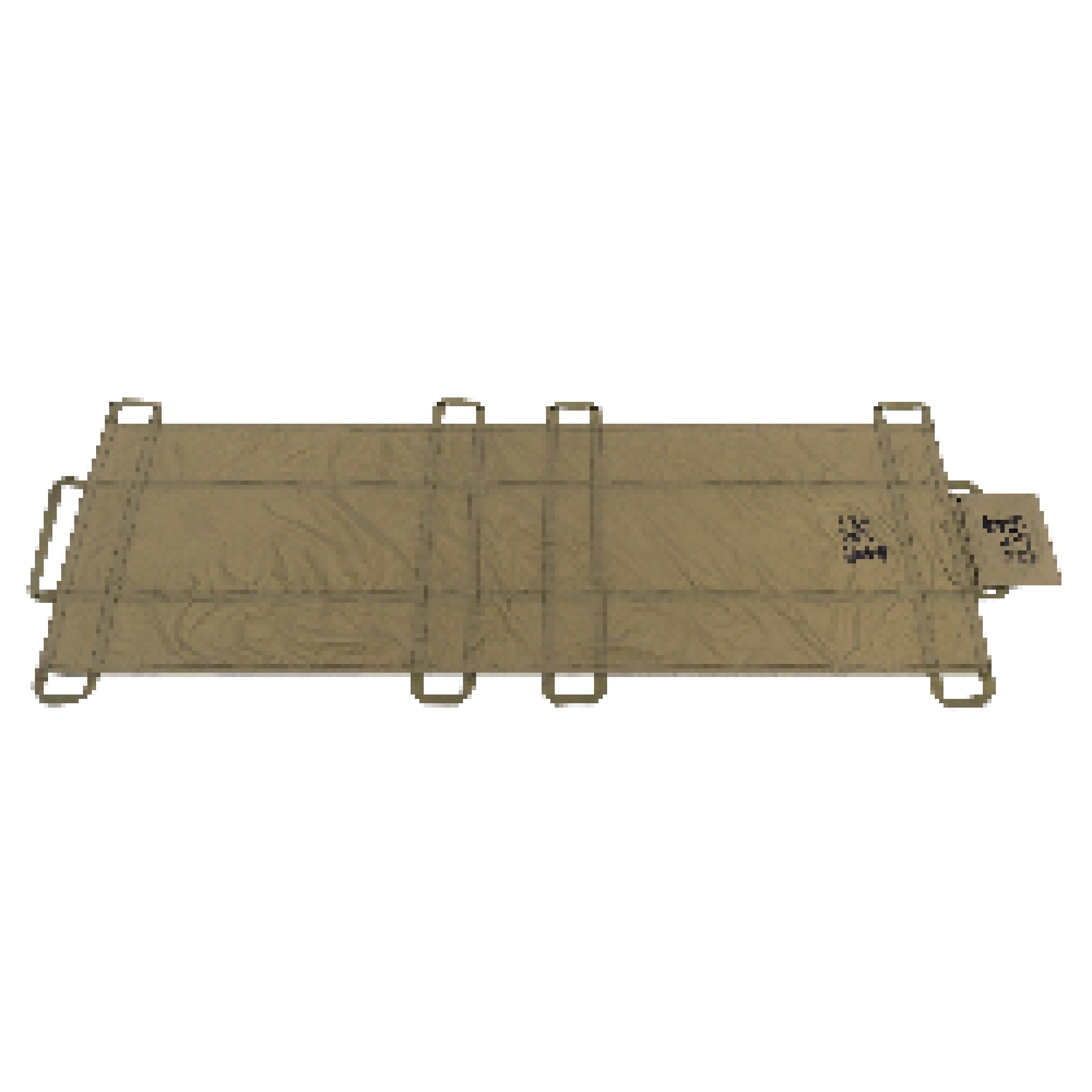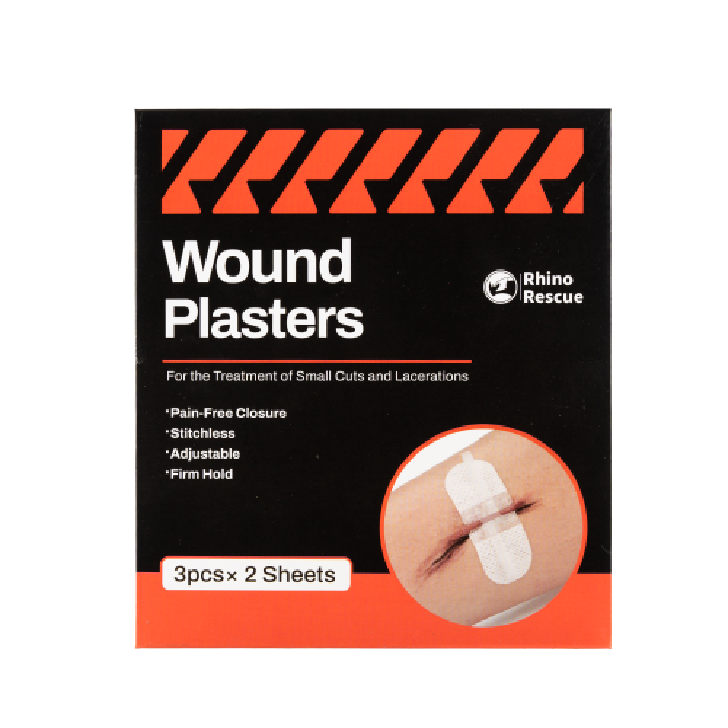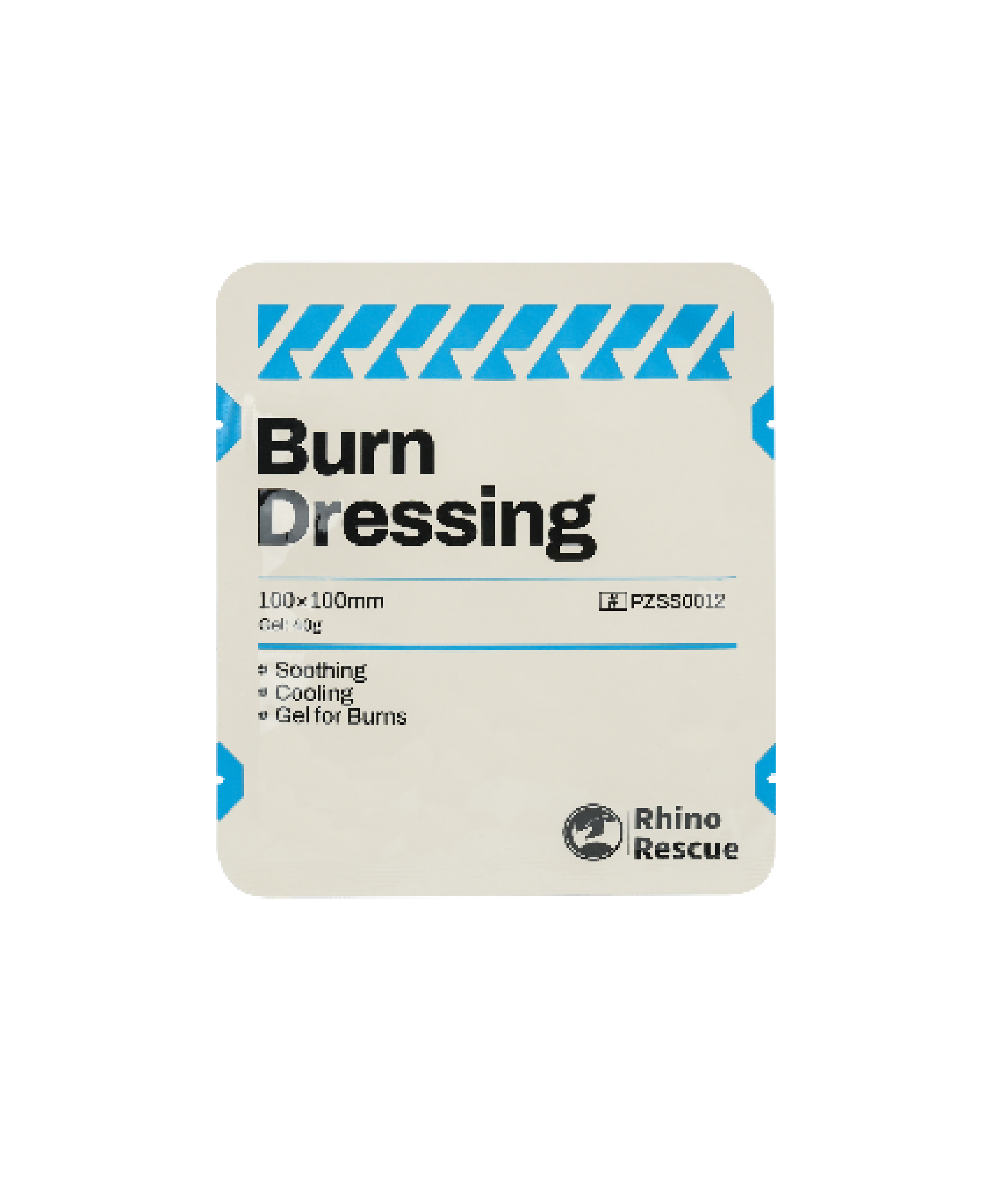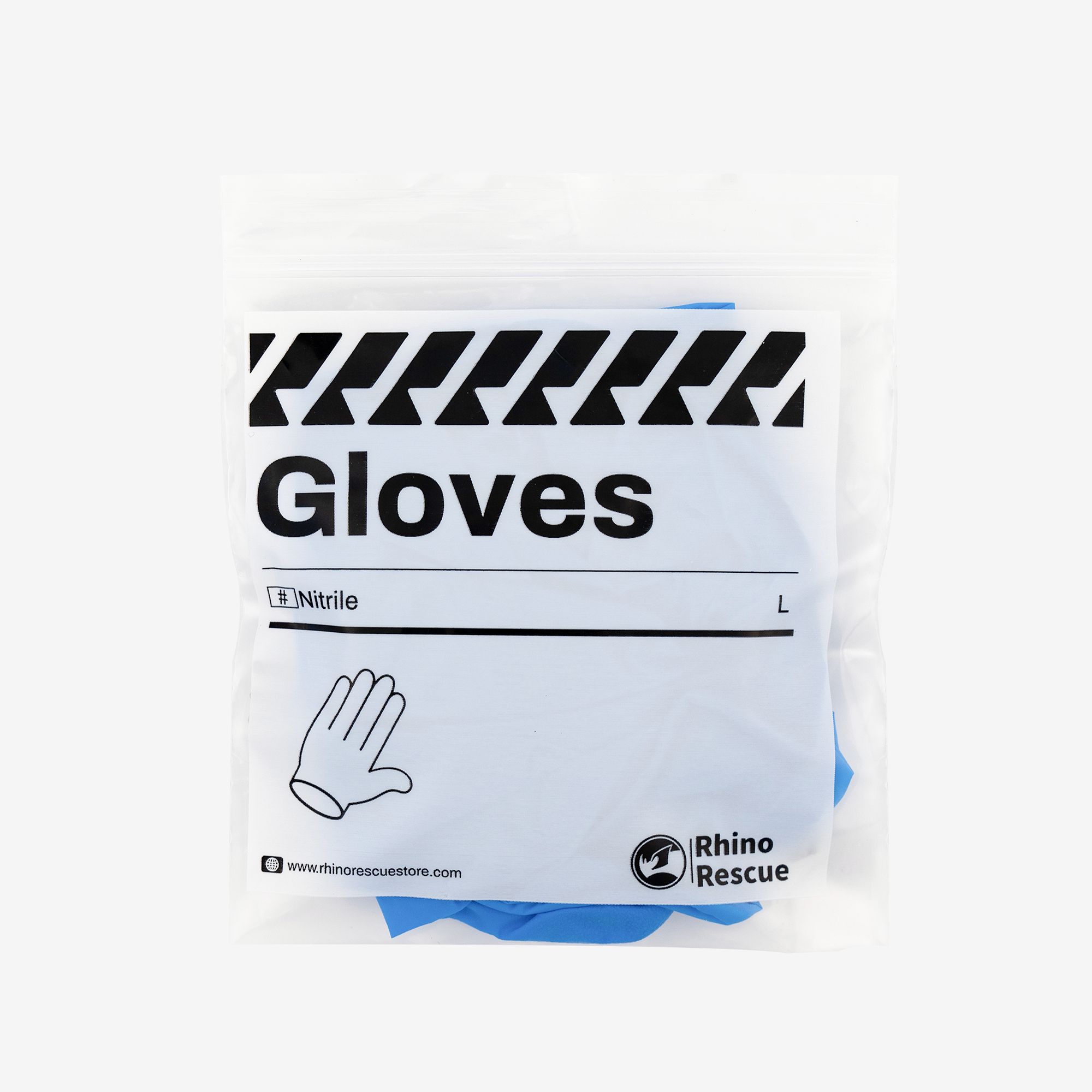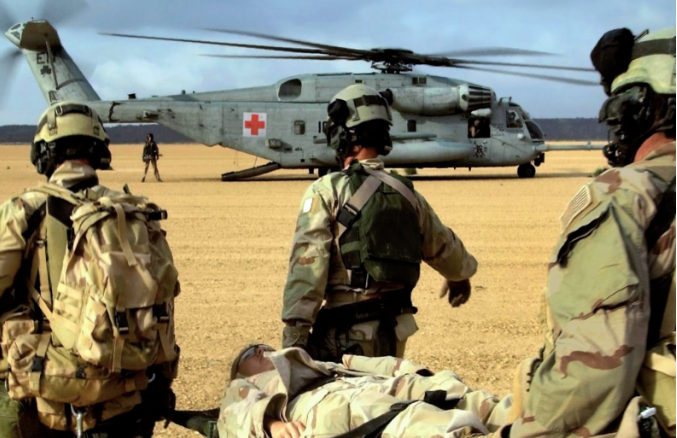This article will provide a detailed introduction to the Combat Testing Lane (CTL) assessment, also known as the TCCC Gauntlet, in hopes it will be helpful to everyone.
Part 1.Concept
The Combat Testing Lane (CTL) is an assessment model used during the Expert Field Medical Badge (EFMB) competition to evaluate a candidate’s ability to simultaneously treat multiple casualties. The lane is usually set up with different TCCC assessment stations according to the tactical scenario and echelon of care. Candidates must not only provide lifesaving interventions, but also evacuation in a timely manner. Candidates must demonstrate mastery of the initial assessment, secondary assessment, and documentation of all interventions provided. Failure to pass the lane will result in immediate disqualification from the EFMB competition.
Part 2. Lane Requirements
-
The CTL must include the following critical TCCC tasks (3 casualties treated simultaneously):
- T1A-C: Massive Hemorrhage Control
- T2A-C: Airway Management
- T3A-C: Respiratory Management
- T4A-C: Circulatory Management
- T5A-C: Hypothermia Prevention and Management
- T6A-C: Detailed Physical Exam
-
T7A-C: Completion of TCCC Casualty Card
-
Candidates must manage three different casualties in one scenario and complete all tasks. No re-tests will be offered. The CTL must include at a minimum:
- Stopwatch and all required equipment
- Adequate lighting and lane dividers for multiple sub-lanes if needed
- Ample scoring sheets and testing control materials
- Electronic spreadsheet to track candidate performance
- Safety requirements and markings for testing and staging areas
- Minimum two judges per sub-lane
- Lane cadre must emplace barriers to prevent staging area candidates from viewing testing area
-
3 moulaged casualties, manikins, and intervention simulators per sub-lane
- Each scenario must include at least one of the following interventions:
- Hasty tourniquet (high and tight)
- Junctional tourniquet
- Nasopharyngeal airway
- Surgical cricothyroidotomy
- Chest seal
- Needle decompression
- Pelvic binder
- Deliberate tourniquet (2-3 inches above wound)
- Start IV - Saline lock
- Hypothermia prevention blanket
- Eye injury dressings
- Abdominal trauma dressings
-
Splinting
-
The unit must submit trauma lane scenarios to the testing committee at least 15 days prior to validation.
-
The unit must establish enough sub-lanes to ensure all candidates complete testing on the designated date. If environmental issues preclude some candidates from completing on the same day, those candidates will test first the following day.
-
Units are encouraged to create multiple scenarios incorporating required interventions in their sub-lanes.
-
Prior to the start of the lane, judges will provide candidates the opportunity to state and define any abbreviations they will use in the lane. This includes explaining drug options 1-3. This does not count against the candidates' 1 hour 45 minute time limit.
-
All communication between judges and candidates during the task testing will be scripted judge prompts from the scoring sheets ("Judge States"). Judges may add additional information to further clarify prompts (i.e. "Strong, bounding pulses").
-
The testing committee will provide an aid bag inventory. No other equipment may be used during testing.
-
Candidates must have their aid bags packed prior to the start of the lane. This is not a timed task. Improperly packed aid bags will not justify any appeals by the candidates.
- Casualty will be moulaged to clearly mark wounds without requiring verbal cues from judges. Casualties will be moulaged to the same standards during training as for the assessment. Lane judges must ensure model fidelity is not degraded as candidates rotate through.
Part 3. Testing Standards (Casualty)
-
Candidates must receive a "Go" on all nine critical tasks.
-
Candidates must receive a "Go" on 9 out of 12 non-critical tasks.
-
Candidates must perform all steps/interventions listed on the scoring sheets, even those in grey boxes.
-
Failure to complete all steps/interventions for a task before moving to the next casualty will result in a "No Go" for that task.
-
Candidates may have to assess the back of each casualty (Step 14 of Task T6 - Detailed Physical Exam) and log roll casualties in Step 2 of Task T5 - Hypothermia Prevention and Medications to place onto a litter.
-
Candidates must complete the TCCC lane within 1 hour 45 minutes. Time starts when candidate initiates first step/intervention. Time stops when candidate finally places the TCCC card on the respective casualty.
- Judges will not stop candidates prior to 1 hour 45 minutes unless a safety issue exists. Once the 1 hour 45 minute time limit is reached, judges will stop candidates from continuing. Failure to complete all tasks within 1 hour 45 minutes will result in a "No Go".


